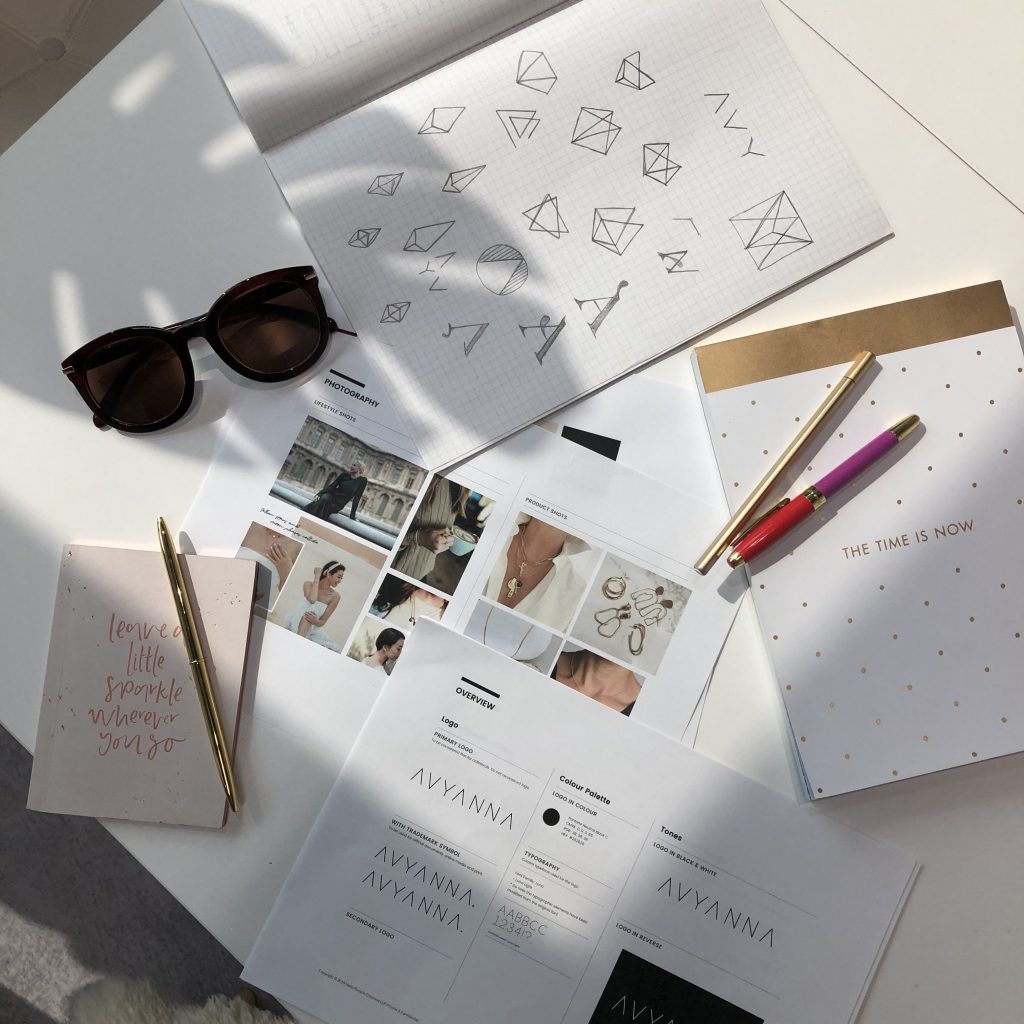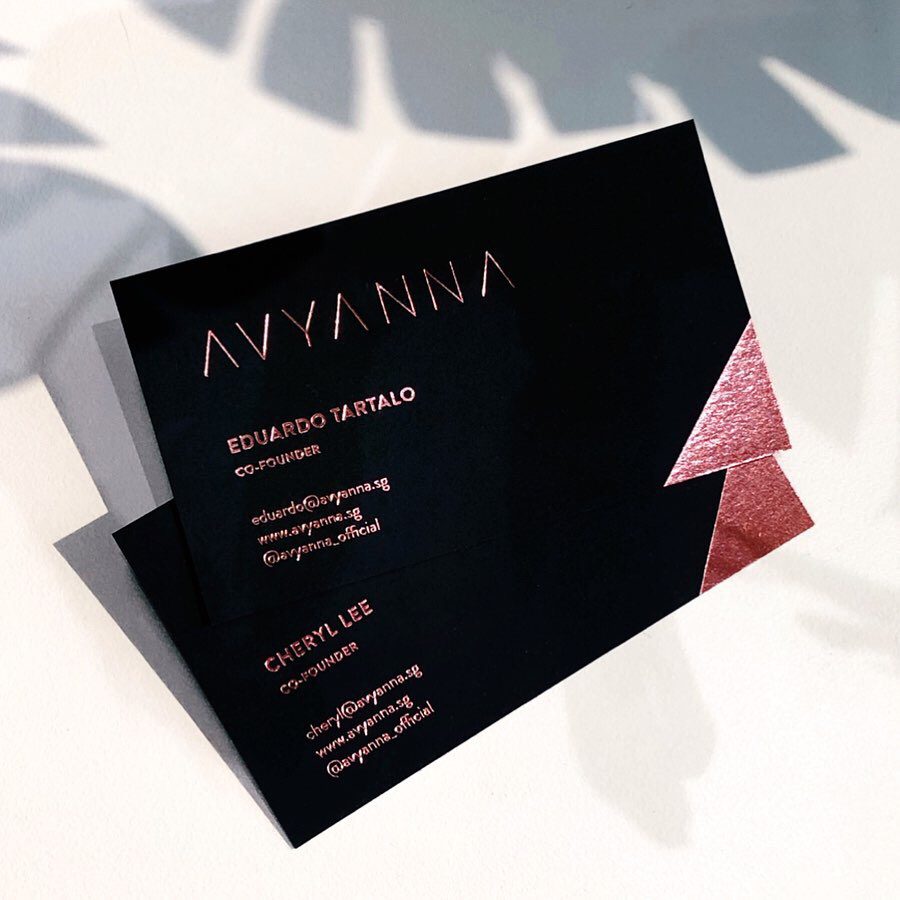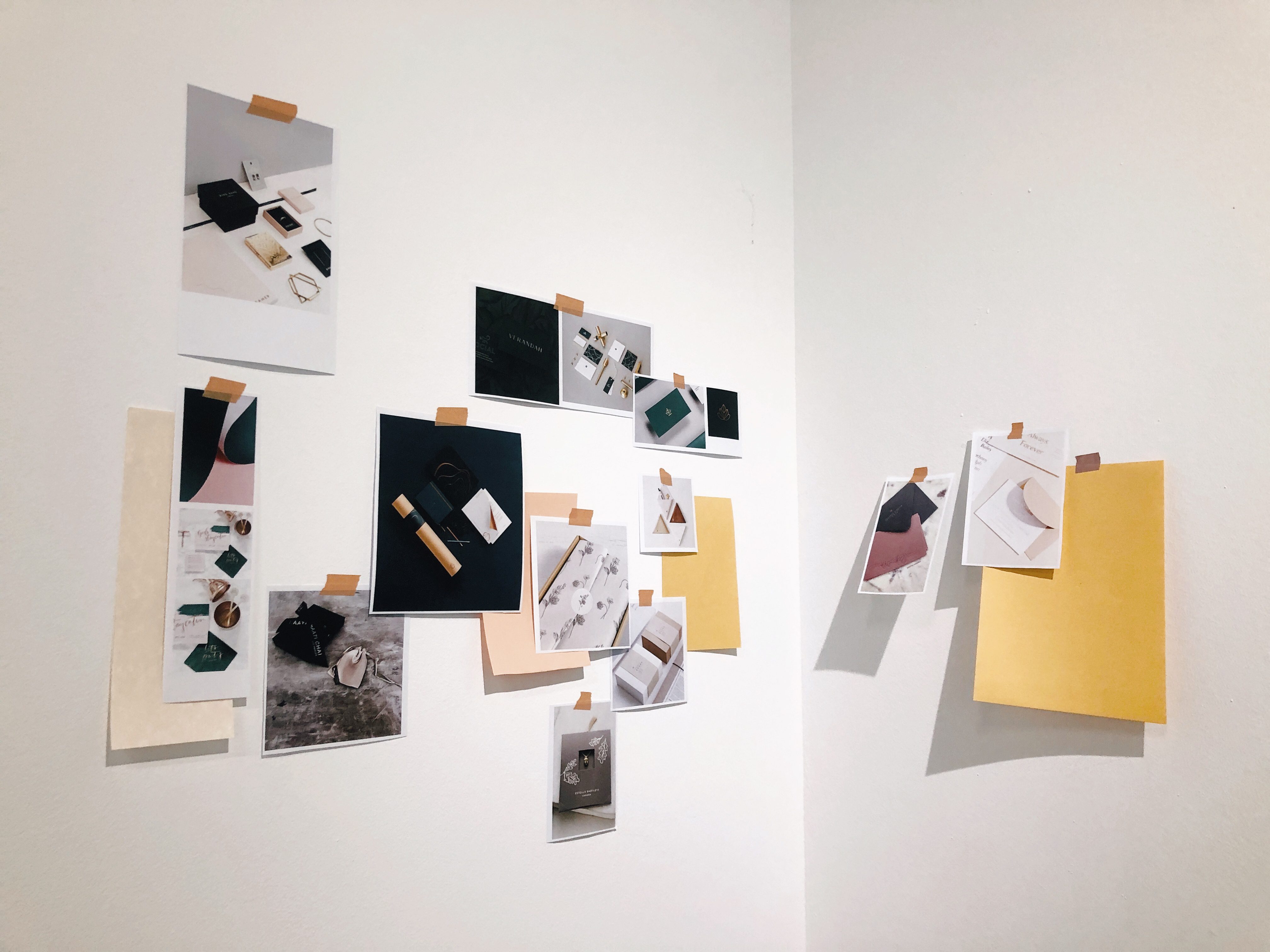In our last blog post, we emphasised how psychology shapes brand strategy, which in turn influences our design process. Here, we’ll delve deeper into the 3 key steps we take in our web design branding process.
Web design takes more than a focus on technical matters such as wireframes, code, and content management. We believe that it is more about designing a website that aligns with an overarching brand strategy. Specifically, one that fits our client’s business aspirations, brand story and purpose. Our web design branding process always begins with building a good relationship with our clients.
With this in mind, we prioritise taking the time to carefully understand our client’s brand story and purpose. We connect with our clients to get to know them and their business better. Understanding our client’s business aspirations and how it provides value to their customers/clients is important for us to craft an effective brand strategy.
Step 1: Setting The Foundation
Each client onboarding begins with a brand & logo questionnaire in order for us to really understand our clients and their business. Questions such as “What attributes and/or emotions do you want associated with your brand?” and “How would you describe your brand to your friend?” are designed to push our clients to dig deep into the heart of their business. The questionnaire also helps us to discover our client’s branding design preferences (i.e: logo styles/formats).
Why is the questionnaire important?
The questionnaire allows us to record all the essential information about our client’s brand. These include their brand values such as the benefits of their product/service, words that represent their brand as well as their knowledge of their brand competitors. We include specific questions that pushes our clients to think deeper about their brand in order to discover aspects of their business that goes beyond what Google can answer. We also delve deeper to understand how our clients are currently marketing their brand in order for us to evaluate and leverage on its effectiveness.
Coupled with follow-up meetings, this foundational process helps us to plan out the next stages in line with our client s desired outcomes.
Step 2: Research & Exploration
The next part of our work involves plenty of research on competitors in the market and the approaches they take towards their branding. This allows us to understand their audience’s preferences. Learning about our client’s target market not only helps us to streamline a brand strategy that is effective towards the right audience, it also helps us to stay focused.
Step 3: Creative Conceptualisation
This is where the design stage starts. From the information we have previously obtained, we proceed to translate our client s needs, requirements and functionalities into a visual design solution.
Moodboards
We do up moodboards to help us visualise how effectively the typography, layout, typesetting and colour palettes work together. With reference imagery, moodboards help to determine the general look and feel, mood and visual language of the final design. Moodboards help to place both client and designers on the same page. It also provides a firm foundation for any design process moving forward.

Step 4: Designing Collaterals
With moodboards as a guide, we will design several logo concepts to be presented to our clients. Revisions are made based on our client s logo selection and feedback. This stage also involves defining other branding elements such as colours, brand voice and typography that will bring the overall look and feel of the brand into a cohesive whole. Depending on our client s business needs, we will design branding collaterals such as business cards, packaging or letterheads.

One key takeaway that we hope that you’ll is to have a close, working relationship with your clients. Taking the time to understand your client’s business aspirations and brand story will help to guide your branding process. We work with all our clients closely through each and everyone of these stages, because we truly believe and value in being partners in each project.
We hope that you’ve found our 3 key steps in our web design branding process insightful! In case you’ve missed it, read our previous blogposts on the psychology behind web designing and why branding is a big deal.


